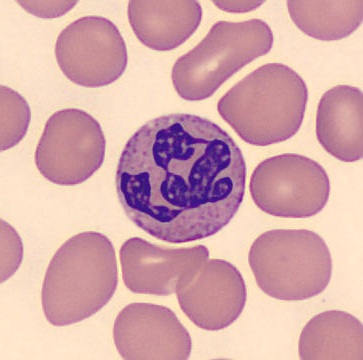Diagnosis API tutorial Medical
 Published: 7 May 2024
Published: 7 May 2024
Diagnosis APIs: Overview and Integration
Introduction
This document provides an overview of diagnosis APIs and their primary applications. Before delving into the specific APIs, let's first explore the core components and functionality of a diagnosis API.
Core Components of a Diagnosis API
A typical diagnosis API consists of two major components:
* Diagnostic Engine:
* Typically powered by AI, it analyzes patient data (demographics, symptoms, lab tests, etc.) or extracts clinical features from electronic health records.
* Utilizes a knowledge base to link patient information with relevant content, generating a list of potential conditions (preliminary diagnosis) or care suggestions (triage).
* Knowledge Base:
* Contains data on conditions, diseases, and treatment procedures.
* Provides decision support and informs clinicians and patients about potential causes of medical conditions.
Integration into Hospital Workflow
Healthcare organizations can leverage APIs to seamlessly integrate diagnosis tools into their daily operations, enabling quick and efficient implementation.
DDxHub API
The DDxHub API is a leading diagnosis API that leverages AI to assist physicians. Its content is constantly reviewed and updated by medical professionals to ensure accuracy and reliability.
Postman Collection for Diagnosis API
To facilitate testing and integration, a sample 'Diagnosis API' collection is available for Postman. This collection includes predefined requests and endpoints that can be extended.
Using the Diagnosis API
To use the Diagnosis API, follow these steps:
1. Provide Patient Information:
* Gather patient data, including symptoms (strong smell urine, frequent urination, yellow skin) and lab test results (ALT, Amalyse, AST, Total Bilirubin, GT Chlamydia, Appearance Urine, ABO grouping).
2. Send Request:
* POST the Patient Information to https://diagnosisapi.azurewebsites.net. Use unique IDs to represent each symptom and observation.
3. Obtain Results:
* The API will generate a list of potential health conditions based on the provided information.
Maximizing Diagnosis Accuracy
To achieve optimal results and unlock additional API features, provide as many test results and symptoms as possible. The accuracy of the diagnoses obtained will depend on the comprehensiveness of the input data.
 Published: 7 May 2024
Published: 7 May 2024